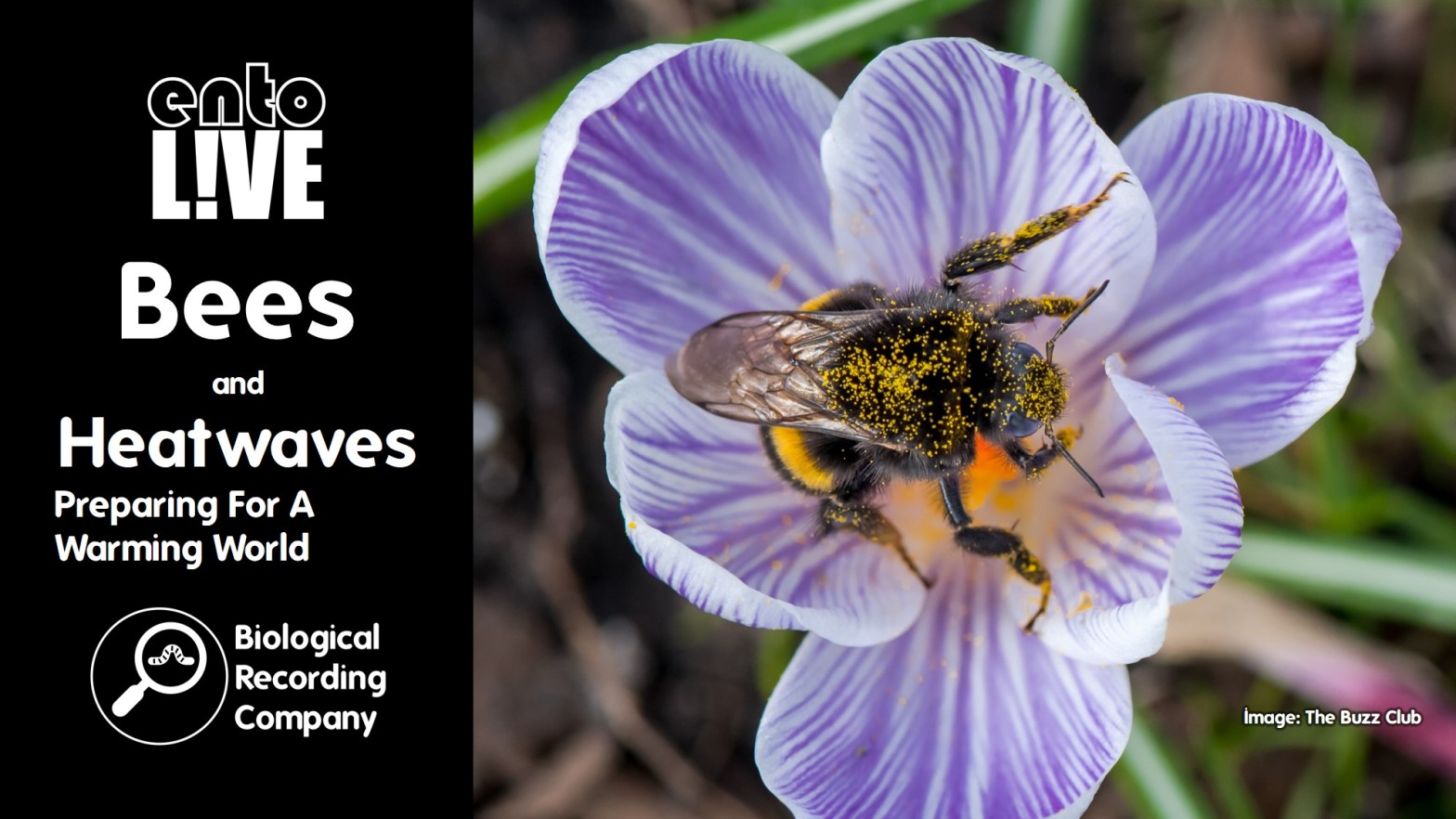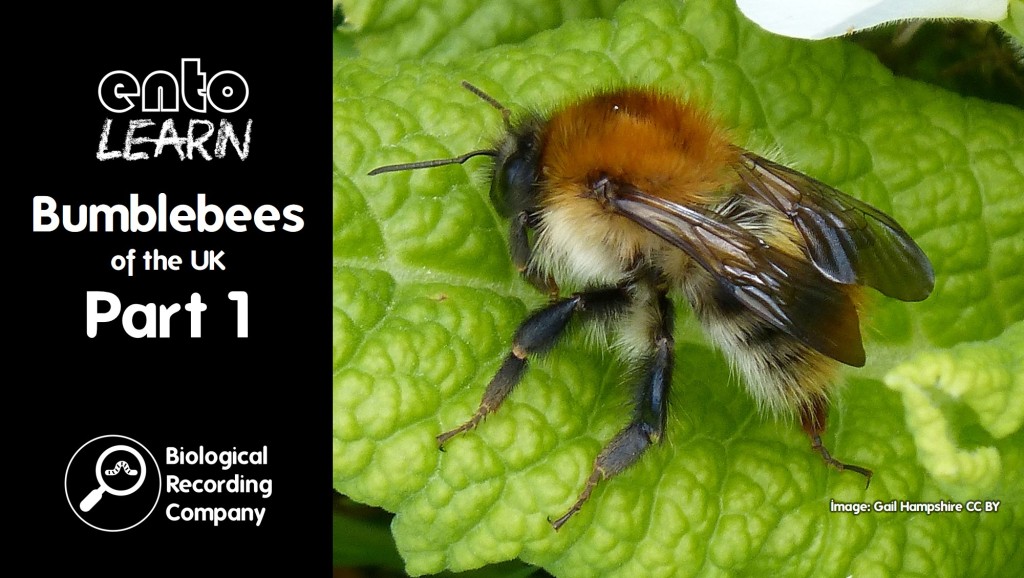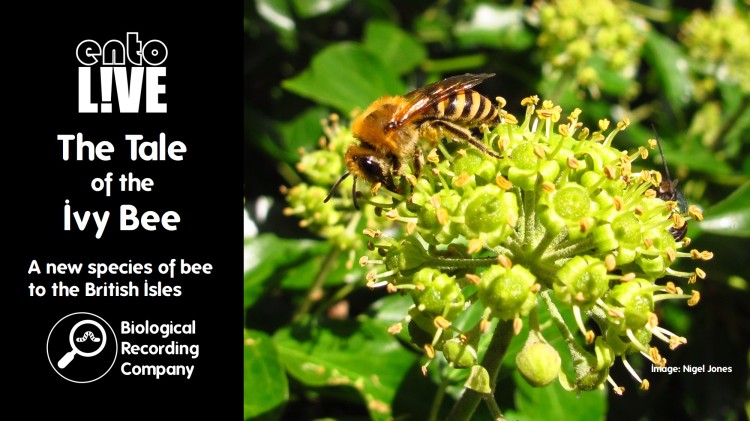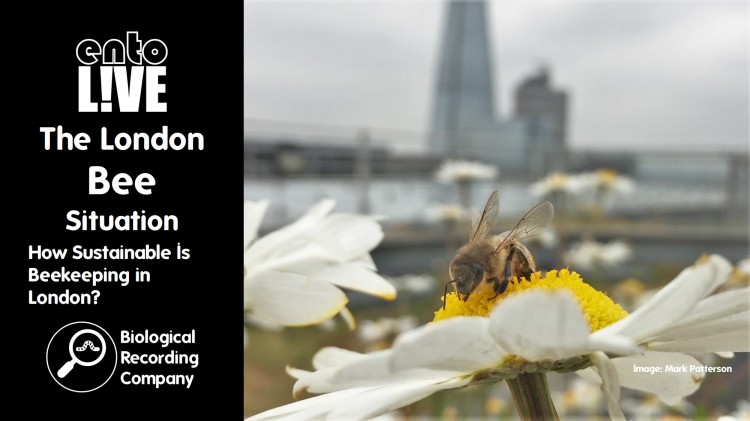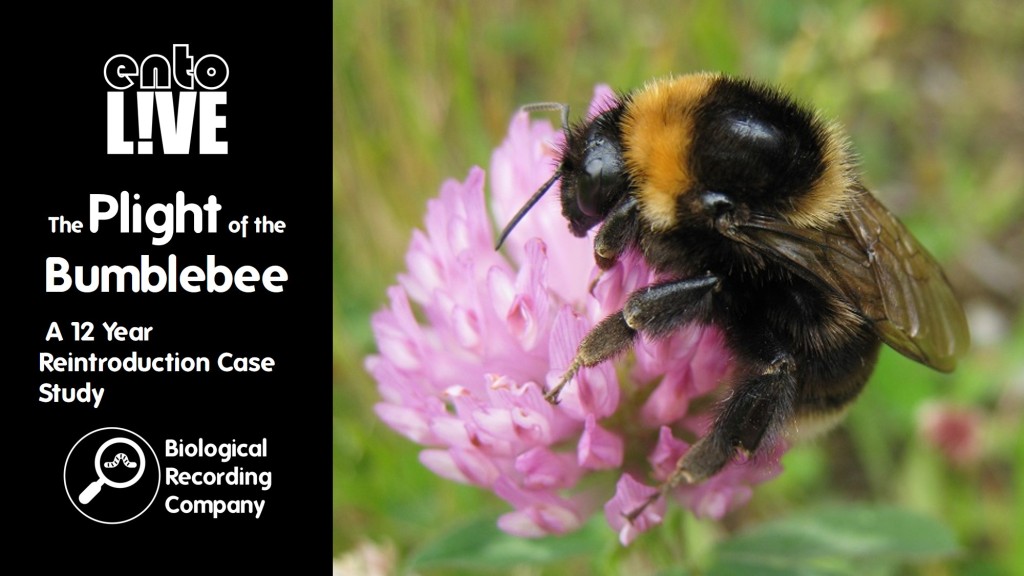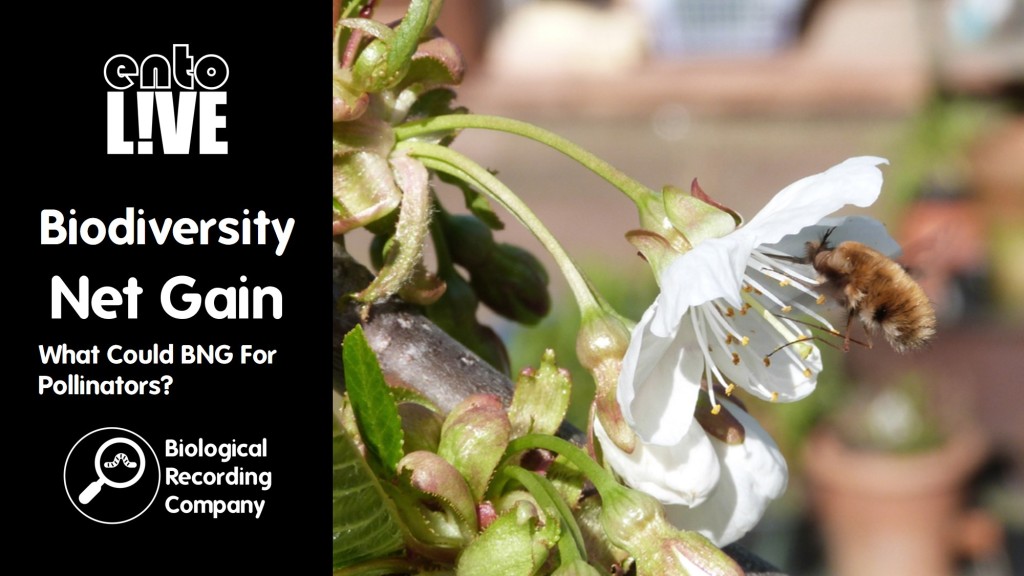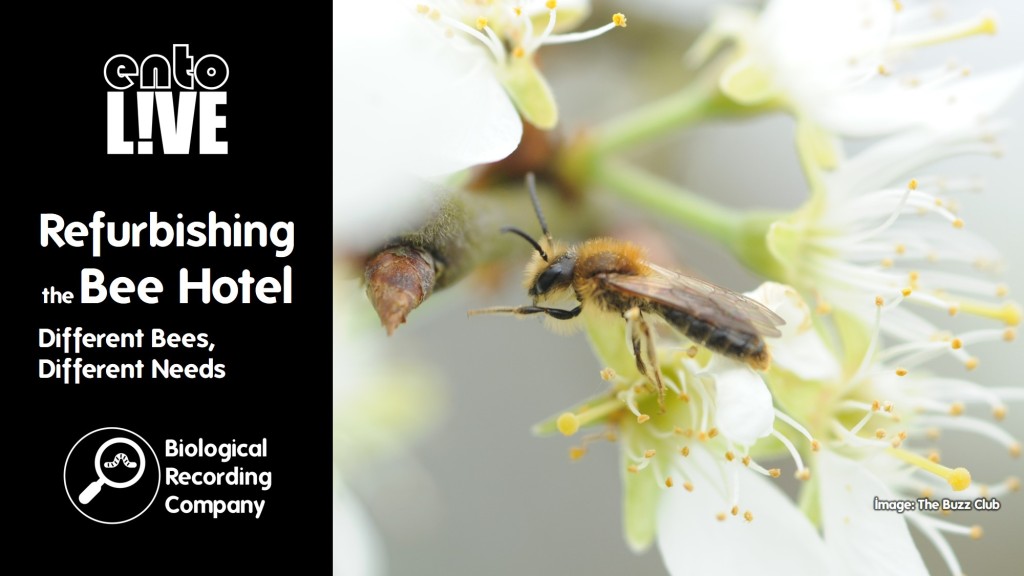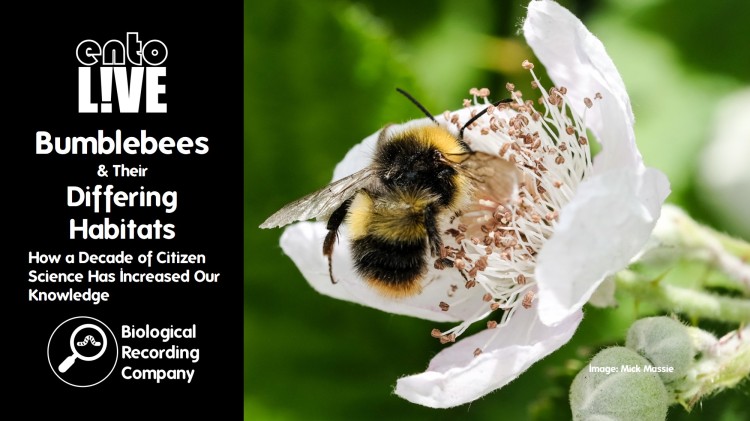As heatwaves become more frequent and intense, it is essential to understand how pollinators respond to such extreme conditions. The Buzz Club’s Bees and Heatwaves project involves volunteers from all over the UK to help investigate whether bees, including bumblebees, honey bees, solitary bees, alter their activity patterns in response to heat events. Through the observation of their behaviour during heatwaves and the plant species they choose for foraging, the Buzz Club aim to develop effective strategies to support them in a warming world.
Yanet Sepúlveda is a Doctoral Researcher at the University of Sussex. Her research is focused on investigating the impact of climate change, particularly heatwaves, on crucial pollinators such as bumblebees.
Issy Sexton is a Research Assistant at the University of Sussex, specialising in pollinator-focused citizen science. She also has a background in community engagement and environmental policy.
Q&A with Yanet Sepúlveda and Isobel Sexton
- Are you able to use data from other studies to use in your research?
Yanet: The Bees & Heatwaves project has been designed to specifically monitor the impact of these extreme weather events on bee populations. Other projects will have different aims and survey methodologies, meaning that their data is unlikely to be directly comparable. For example, the Bee Walk surveys by Bumblebee Conservation Trust involve walking a transect, recording the bee species and temperature. Their data is useful for monitoring many things (for example, population declines), but it wouldn’t be ideal for monitoring behavioural responses to heatwaves. For example, the Bees & Heatwaves project looks at whether bees can shift their activity patterns and foraging preferences in response to elevated temperatures. Participants in this project must remain at a fixed location, monitoring the same site and carefully observing bee behaviours. Other surveys/research may go out of their way to avoid collecting data during heatwaves as they may want to avoid the impact that these events could have on their results.
Issy: We are very happy to discuss the possibility of linking up our projects with other initiatives through collaboration so we encourage anyone interested in exploring this to get in touch by email on buzzclub@sussex.ac.uk. For example, we are currently working in partnership with London Natural History Society on an additional step to The Big Bee Hotel Experiment: https://www.thebuzzclub.uk/thebigbeehotelexperiment. We are working together to use this experiment as a trap survey for solitary bees. We also have been featured in a Nature Recovery Strategy in Denmark! - Have the impacts of heatwaves on bees been studied in controlled environments?
Yanet: Most of the relevant greenhouse studies that I’ve read have focused on bumblebees. Control greenhouses are maintained at normal temperatures and ‘heatwave’ greenhouses are exposed to higher temperatures. The bees can forage freely within these greenhouses. The bees tend to forage less in heatwave conditions and also visit plants grown under heatwave conditions less frequently. - Will your project detect the impacts of post-heatwave factors like drought?
Yanet: This is a very interesting question and very important because we are expected to have drier summers. We can’t necessarily see how heatwaves are affecting plants in this specific experiment. However, it can tell us which plants are visited less frequently during and/or after heatwaves, which can then guide the design and focus of laboratory experiments to investigate this further (for example, if we find that borage is visited less during and/or after heatwaves, we can then open the door to studies that investigate if the production of nectar and pollen is impacted by elevated temperatures). - How do heatwaves impact bees and their colonies in the nest?
Yanet: We don’t really know yet. The nesting habits of bees are really variable, with some species nesting underground and others above ground (for example in trees or vegetation). In one of our laboratory studies, we found that workers were not able to maintain the nest at an optimal temperature during heatwaves. Species that nest underground, such as Bombus terrestris, may have sufficient protection to avoid overheating whereas other species may be more at risk if their nest is exposed to direct sunlight. I wanted to investigate this during my PhD but we agreed that finding and studying multiple nests would be too difficult. - Do you have any tips for people who want to help bees deal with future heatwaves in their garden?
Yanet: Ensure that you have varied planting within your garden so that you have a high diversity of plant species. This will make your garden more resilient. It’s important to ensure that you plant native species where possible. Bees need both nectar and pollen, and some plants are better for pollen while others are better for nectar. We also expect certain plants to be more affected by high temperatures than others. Therefore, maintaining high plant diversity is crucial for a resilient and pollinator-friendly garden.
Literature References
- Garnery et al (2019) We Are Losing the “Little Things that Run the World”: https://wedocs.unep.org/bitstream/handle/20.500.11822/27255/Foresight_Brief_No_011.pdf?sequence=1&isAllowed=y
- Sánchez-Bayo & Wyckhuys (2019) Worldwide decline of the entomofauna: A review of its drivers: https://doi.org/10.1016/j.biocon.2019.01.020
- Wagner et al (2021) Insect decline in the Anthropocene: Death by a thousand cuts: https://doi.org/10.1073/pnas.2023989118
- Soroye et al (2020) Climate change contributes to widespread declines among bumble bees across continents: https://www.science.org/doi/10.1126/science.aax8591
- Sepúlveda & Goulson (2023) Feeling the heat: Bumblebee workers show no acclimation capacity of upper thermal tolerance to simulated heatwaves: https://www.sciencedirect.com/science/article/pii/S0306456523002139
- Y. Sepúlveda et al. (2024) Heatwave-like events affect drone production and brood-care behaviour in bumblebees: https://doi.org/10.7717/peerj.17135
- Melone et al (2024) Heatwaves increase larval mortality and delay development of a solitary bee: https://doi.org/10.1111/een.13317
- Gérard et al (2022) Short‐term exposure to heatwave‐like temperatures affects learning and memory in bumblebees: https://doi.org/10.1111/gcb.16196
- Descamps et al (2021) Warm temperatures reduce flower attractiveness and bumblebee foraging: https://doi.org/10.3390/insects12060493
- Vayena & Tasioulas (2015) “We the scientists”: A human right to citizen science: https://doi.org/10.1007/s13347-015-0204-0
- Potts et al (2016) Safeguarding pollinators and their values to human well-being: https://doi.org/10.1038/nature20588
- Atmowidjojo et al (1997) Temperature tolerance and water balance in feral and domestic honey bees, Apis mellifera L.: https://doi.org/10.1016/S0300-9629(97)00031-5
Further Info
- Bees and Heatwaves: https://www.thebuzzclub.uk/bees-heatwaves
- Buzz Club webpage: https://www.thebuzzclub.uk/
- Buzz Club Publications: https://www.thebuzzclub.uk/publications
- Buzz Club Events: https://www.thebuzzclub.uk/events
- Buzz Club Sponsorship/Membership: https://www.thebuzzclub.uk/howtohelp
- Make a one-off donation to help us continue our work: https://alumni.sussex.ac.uk/Buzz_Club_Giving
- Buzz Club Local Facilitators/ Engagement Volunteers: https://www.thebuzzclub.uk/get-involved
- Buzz Club Projects: https://www.thebuzzclub.uk/projects
- The Big Bee Hotel Experiment: https://www.thebuzzclub.uk/thebigbeehotelexperiment
- Air Bee ‘n’ Bee: https://www.thebuzzclub.uk/air-bee-n-bee
- Buzz Kids: https://www.thebuzzclub.uk/buzzkids
entoLIVE
- Upcoming entoLIVE webinars: https://www.eventbrite.com/cc/entolive-webinars-74679
- If you’d like to donate to the entoLIVE programme, you can do so through the GoFundMe campaign: https://gofund.me/a699e0df
- Subscribe to the Biological Recording Company YouTube channel: https://www.youtube.com/@biologicalrecordingcompany
entoLIVE is delivered by the Biological Recording Company, British Entomological & Natural History Society and Royal Entomological Society, with support from Buglife, Field Studies Council and National Biodiversity Network Trust.
- Find out about more about the British Entomological & Natural History Society: https://www.benhs.org.uk/
- Check out the Royal Entomological Society‘s NEW £15 Associate Membership: https://www.royensoc.co.uk/shop/membership-and-fellowship/associate-member/
- Discover adult, family and junior membership options with the Amateur Entomologists’ Society: https://www.amentsoc.org/membership/
- Explore upcoming events and training opportunities from the Biological Recording Company: https://www.eventbrite.co.uk/o/the-biological-recording-company-35982868173

